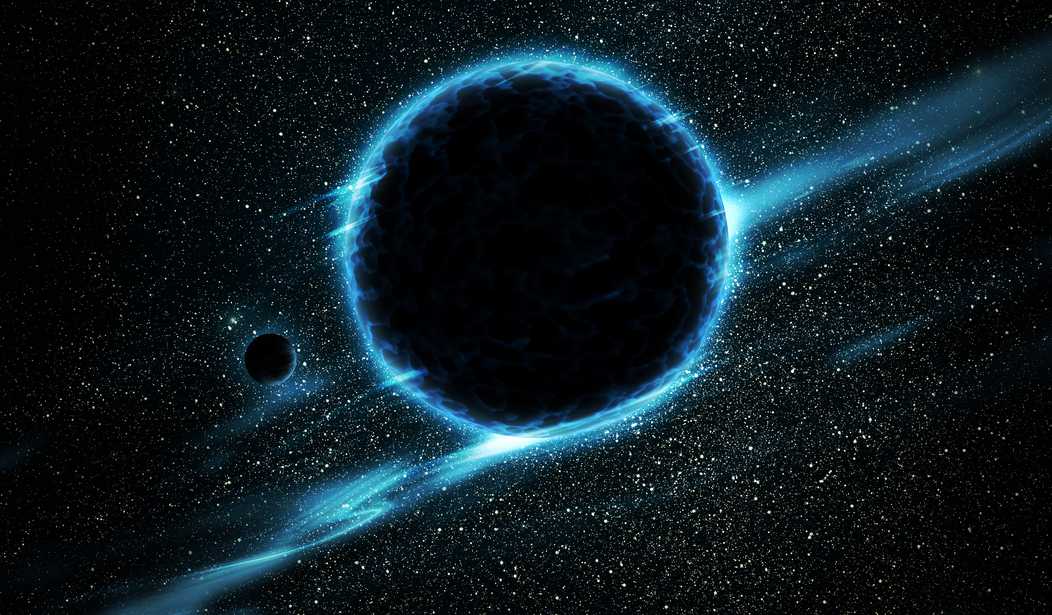Meet the new ninth planet, not at all the same as the old ninth planet:
“We are pretty sure there’s one out there,” said Michael E. Brown, a professor of planetary astronomy at the California Institute of Technology.
What Dr. Brown and a fellow Caltech professor, Konstantin Batygin, have not done is actually find that planet, so it would be premature to revise mnemonics of the planets just yet.
Rather, in a paper published Wednesday in The Astronomical Journal, Dr. Brown and Dr. Batygin lay out a detailed circumstantial argument for the planet’s existence in what astronomers have observed — a half-dozen small bodies in distant, highly elliptical orbits.
What is striking, the scientists said, is that the orbits of all six loop outward in the same quadrant of the solar system and are tilted at about the same angle. The odds of that happening by chance are about 1 in 14,000, Dr. Batygin said.
A ninth planet could be gravitationally herding them into these orbits.
For the calculations to work, the planet would be quite large — at least as big as Earth, and likely much bigger — a mini-Neptune with a thick atmosphere around a rocky core, with perhaps 10 times the mass of Earth.
Yep, that would be a planet all right.
Brown says they have a pretty good fix on the hypothetical ninth planet’s orbit — now they have to actually find the thing making its 10,000-20,000 year “annual” trip around the Sun.
To give you an idea of how far out there the new ninth planet is, Pluto orbits the Sun in a relatively speedy 248 years.










Join the conversation as a VIP Member